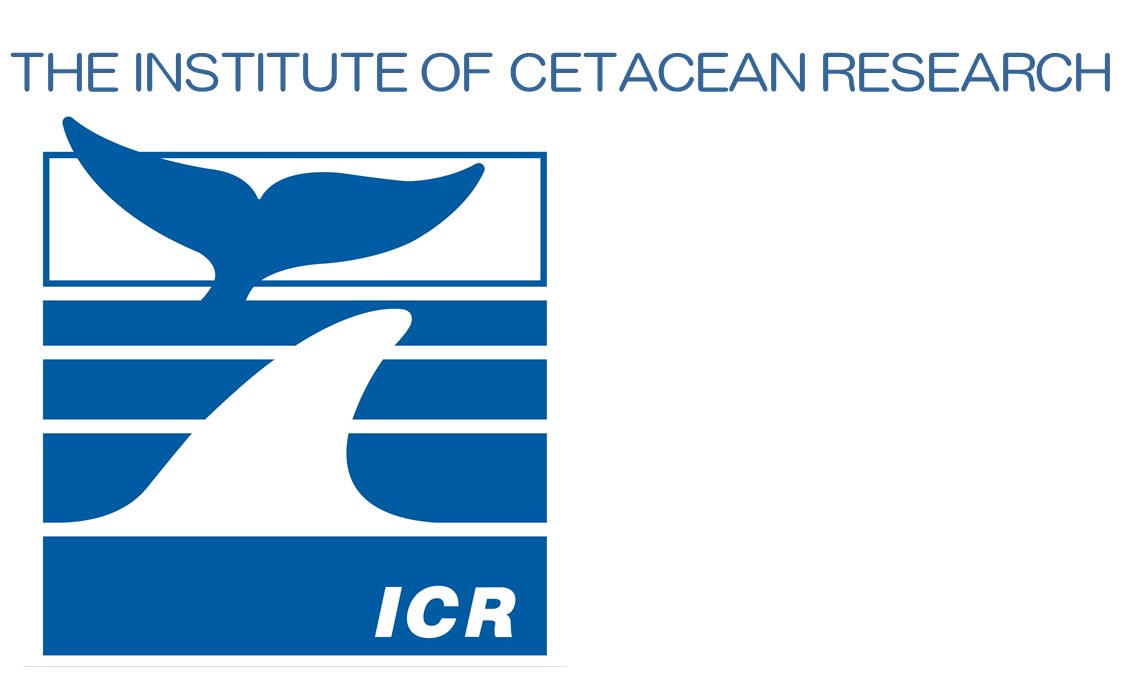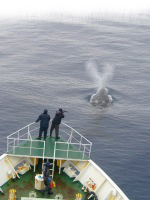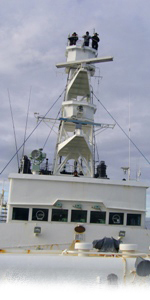2020 IWC/Japan Joint Cetacean Sighting Survey Cruise in the North Pacific
- Departure of the IWC-POWER research vessel
July 10, 2020
Designated Corporation for Scientific Whale Research
THE INSTITUTE OF CETACEAN RESEARCH
1. Background
This survey is conducted jointly by the International Whaling Commission (IWC) and Japan, and is commonly referred to as IWC as IWC-POWER (International Whaling Commission/Pacific Ocean Whale and Ecosystem Research). IWC-POWER is the successor of IWC/SOWER (International Whaling Commission Southern Ocean Whale and Ecosystem Research) a successful whale research program acclaimed globally, which was conducted in the Antarctic Ocean from 1996/1997 to 2009/2010. Taking advantage on the know-how, experience and achievements of IWC/SOWER, IWC-POWER has been carried out every summer since 2010 based on the main research plan of the IWC Scientific Committee.
In the decade leading up to last year, the IWC-POWER research cruises have been covering a wide area of the North Pacific that had not been surveyed for several decades, finding large numbers of fin and sei whales in the Gulf of Alaska area north of 40 degrees north latitude and a large number of Bryde's whales and sperm whales in waters south of 40 degrees N, and valuable data have been collected to contribute to objective stock assessment. In addition, information on rare species such as blue whales and right whales has also been collected.
As the 11th cruise, this time we will conduct a survey of the high seas in the western North Pacific excluding foreign exclusive economic zones within 40 degrees north latitude and between 160 east longitude and 180 degrees, from July 11 to September 24. However, due to the COVID-19 pandemic this year, the later portion of this year’s research cruise has been designed partly as a tentative plan.
2. Outline of the 2020 Research Cruise
The IWC-POWER program is conducted collaboratively by the International Whaling Commission and the Government of Japan. The IWC Scientific Committee has developed the research program and established the IWC-POWER Steering Group (Convernor: Koji Matsuoka, Head, Stock Assessment and Management Division, ICR), which has a role of designing the research plan and analyzing the results of the cruises. The Institute of Cetacean Research, under the commission of the Fisheries Agency of Japan, carries out the IWC-POWER cruises. The outline of this year's survey plan is as follows:
2.1 Main objectives
(1) Collection of information for the in-depth stock assessment of sei whales, humpback whales and gray whales.
(2) Collection of information on the rare western North Pacific right and blue whales.
(3) Collection of data on abundance and stock structure of other whale resources with insufficient resource information.
(4) Collection of information necessary for the development of the medium- to long-term plan of this research program.
2.2 Research Cruise Period
From July 11 to September 24, 2020 (76 days).
2.3 Research Area
Waters excluding foreign exclusive economic zones north of 40 degrees north, east of 160 degrees east longitude and west of 180 degrees (Figure 1).
In the middle of the survey, we will call at Kushiro Port, to get on board international researchers, equipment, and to refuel.
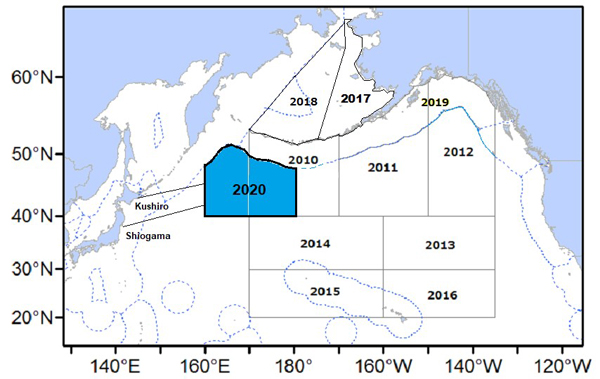
Figure 1. 2020 survey area (blue) and course of round-trip voyage (black line).
2.4 International Researchers
IWC-POWER International researchers are appointed by the IWC Scientific Committee.
Cruise first half:
Koji Matsuoka (Cruise leader, Institute of Cetacean Research, Japan)
Isamu Yoshimura (IWC-nominated international researcher, Japan)
Taiki Katsumata (Institute of Cetacean Research, Japan)
Cruise second half:
Hiroto Murase (Cruise leader, Tokyo University of Marine Science and Technology, Japan)
James Gilpatrick (Southwest Fisheries Science Center, NOAA/SWFSC, USA)
Jessica Crance (Alaska Fisheries Science Center, NOAA/AFSC, USA)
Taiki Katsumata (Institute of Cetacean Research, Japan)
2.5 Research Vessel
Yushin-Maru No.2, (747 ton, Captain Nobuo Abe, 17 crewmen).
2.6 Operating body
The Institute of Cetacean Research (ICR, Japan)
Photographs from previous IWC-POWER cruises (Copyright IWC/ICR).
 |
 |
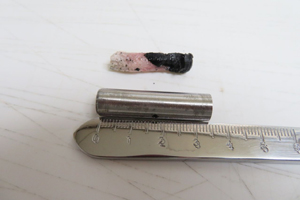 |
| Fin whale blow (Gulf of Alaska. Characteristic right jaw white coloration can be seen). |
Humpback whale surfacing (Gulf of Alaska. Characterized by long pectoral fins). |
Skin biopsy specimen taken from a humpback whale. |
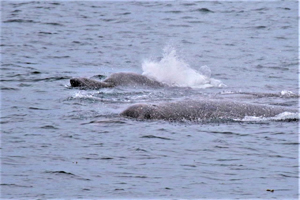 |
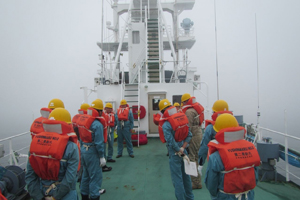 |
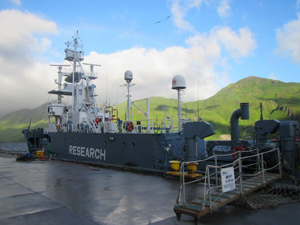 |
| Beaked whales surfacing. (Gulf of Alaska. Showing snout and head). |
Scene of disembarkation training on board. | Yushin-Maru No.2 in the port of Dutch Harbor. |
2020 IWC/Japan Joint Cetacean Sighting Survey Cruise in the North Pacific - IWC-POWER (PDF file)
